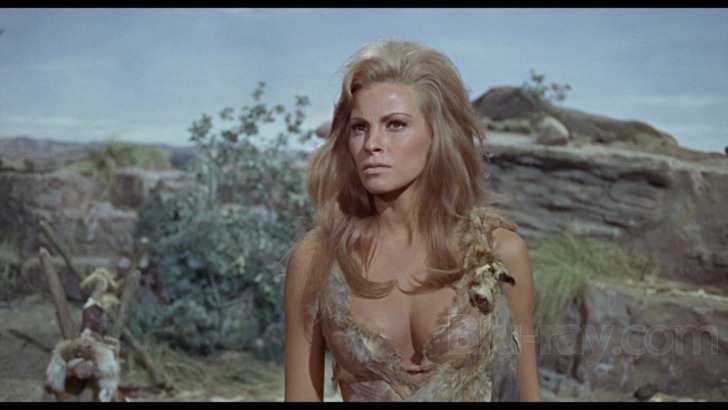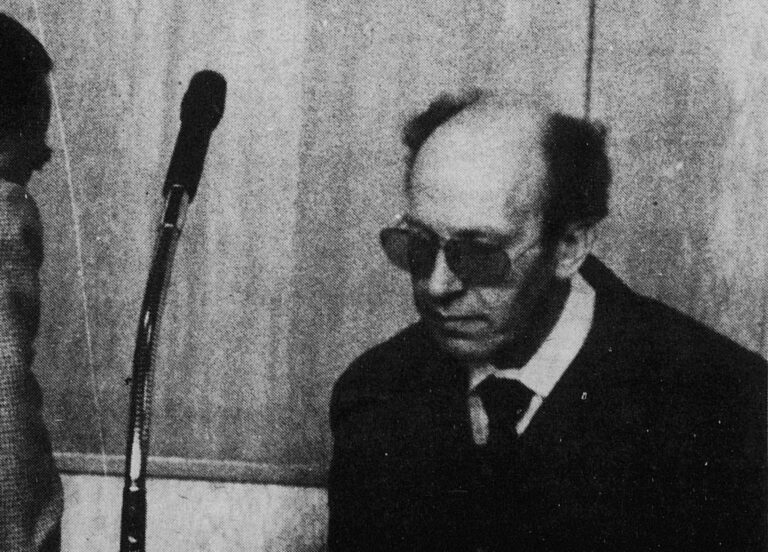
The caveman Tumak lives among a tribe of highly aggressive people. One day, he is no longer welcome in his tribe and must fend for himself. Tumak doesn’t last long on his own, and while lying unconscious, he is attacked by a giant turtle. Fortunately, a far more civilized tribe rescues him, and there he meets the cavewoman Loana. Naturally, Tumak manages to get himself banished from this tribe as well, but Loana stays by his side, and together they venture into the prehistoric world.
The film takes a highly fictionalized approach and is best described as a fantasy film with a slight touch of science—very little science, mind you. The goal of the film is not to present a documentary-style story but rather a tale of love between primitive humans in a time that never actually existed.

What bothers me most about this film is the oversized animals. It looks downright ridiculous when a giant lizard or an enormous turtle strolls across the screen. It’s obvious to anyone that these are small creatures enlarged to appear gigantic. But the real issue is that they completely clash with Ray Harryhausen’s stop-motion special effects. Why they didn’t just stick with animated effects, I have no idea. Granted, the effects aren’t exactly Jurassic Park, but for 1966, they are still quite impressive.
The film is actually a remake of One Million B.C. from 1940, and it’s typical of Hammer to create their own versions of classic films. That said, this is far from a typical Hammer production. This is a film that has truly felt the passage of time.
For many, the most notable aspect of the film is probably Raquel Welch in a small leather bikini, in one of her early roles. In fact, this film was what turned her into a superstar.
Despite its flaws, One Million Years B.C. is an entertaining watch and worth checking out, even if it’s far from perfect.







